Table of content
- Eggs
- Dairy or Liquid Additives
- Fat
- Seasonings
- Whisking: The First Step to Fluffiness
- The Perfect Pan: Non-Stick vs. Stainless Steel
- Temperature Control: Low and Slow Wins the Race
- Stirring Technique: Gentle Agitation
- The Finish: Creaminess vs. Dryness
- Rubbery Texture
- Watery Eggs
- Uneven Cooking
- Lack of Flavor
- Adding Mix-Ins
- Soufflé-Style Scrambled Eggs
- Japanese-Style Tamagoyaki
- Vegan Alternatives
Scrambled eggs, a breakfast staple enjoyed worldwide, often seem deceptively simple to prepare. Yet, achieving the perfect balance of creaminess, tenderness, and flavor requires precision, technique, and an understanding of culinary science. This guide delves into the intricacies of crafting scrambled eggs that are not only delicious but also melt-in-your-mouth tender. From ingredient selection to cooking methods, we explore every facet to elevate this humble dish to gourmet heights.
The Science Behind Perfect Scrambled Eggs
To comprehend how to make scrambled eggs tender, one must first grasp the chemistry at play. Eggs are primarily composed of water, proteins, and fats. When heated, the proteins (mainly ovalbumin and ovotransferrin) denature, or unwind, and form new bonds, creating a network that solidifies the mixture. The challenge lies in controlling this process to prevent overcooking, which results in a rubbery texture.
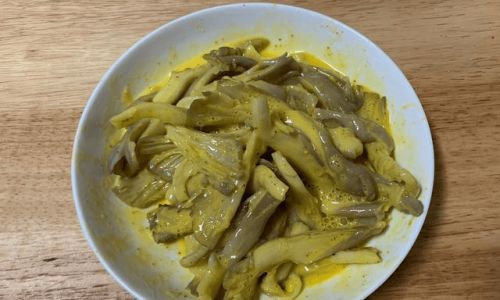
The goal is to achieve a gentle coagulation of proteins, ensuring the eggs remain moist and velvety. This requires careful temperature management and agitation techniques. Overheating causes the proteins to squeeze out moisture, leading to dryness, while insufficient cooking leaves the eggs unappetizingly runny.
Ingredients: Quality Matters
Eggs
The foundation of any scrambled egg dish is, of course, the eggs themselves. Fresh, high-quality eggs yield superior results. Look for eggs with firm whites and bright orange yolks, indicating a diet rich in carotenoids for the hens. Organic or free-range eggs often have richer flavors due to the hens’ varied diets.
Ratio: A common starting point is two eggs per serving. However, adjusting this based on appetite or desired richness is acceptable.
Dairy or Liquid Additives
The choice of liquid significantly impacts texture. Common options include:
- Milk (Whole or 2%): Adds creaminess and richness.
- Heavy Cream: Elevates luxury but may overshadow egg flavor.
- Half-and-Half: A balanced middle ground.
- Water: A lighter alternative that prevents the eggs from becoming too dense.
Pro Tip: For every two eggs, use 1–2 tablespoons of liquid. More liquid yields softer scrambles, while less results in a denser texture.
Fat
Butter or oil enhances flavor and prevents sticking. Unsalted butter is preferred for its neutral taste, allowing the eggs’ natural flavor to shine. Clarified butter or ghee offers a higher smoke point, ideal for slow cooking.
Seasonings
- Salt: Crucial for flavor, but adding it too early can break down egg proteins, leading to a watery texture. Season just before cooking or at the end.
- Black Pepper: Freshly ground for aromatic complexity.
- Herbs and Spices: Chives, parsley, dill, or a pinch of paprika can elevate the dish.
- Cheese: Grated cheddar, Parmesan, or soft cheeses like brie add richness. Incorporate during the final moments of cooking.
Techniques for Tender Scrambled Eggs
Whisking: The First Step to Fluffiness
Whisking incorporates air into the eggs, creating a lighter texture. Use a fork or whisk to beat the eggs until the yolks and whites are fully blended. Avoid over-whisking, which can lead to a grainy consistency.
Tip: For extra volume, whisk the eggs in a cold bowl. The temperature difference helps stabilize the mixture.
The Perfect Pan: Non-Stick vs. Stainless Steel
A non-stick pan is ideal for beginners, as it minimizes sticking and requires less fat. However, stainless steel pans offer better heat distribution and caramelization when mastered. Ensure the pan is large enough to allow the eggs to spread thinly, promoting even cooking.
Temperature Control: Low and Slow Wins the Race
High heat is the enemy of tender scrambled eggs. Cooking over medium-low heat allows gradual coagulation, preserving moisture.
Steps:
- Heat the pan over low heat for 2–3 minutes.
- Add butter and swirl to coat the pan.
- Pour in the egg mixture, ensuring it spreads evenly.
Stirring Technique: Gentle Agitation
Aggressive stirring breaks up the curds into small, dry pieces. Instead, use a silicone spatula to gently push the eggs from one side of the pan to the other, creating large, soft curds.
Key Moments:
- Initial Stage: Let the eggs sit for 20–30 seconds to allow the edges to set slightly.
- Mid-Cook: Fold the eggs gently, ensuring the runny parts reach the hot pan surface.
- Final Stage: Remove the pan from heat when the eggs are still slightly runny (about 80% cooked). Residual heat will finish cooking them.
The Finish: Creaminess vs. Dryness
Overcooking is the primary culprit behind dry scrambled eggs. Remove the pan from the stove when the eggs are glossy and soft. The French technique, oeufs brouillés, involves cooking eggs over a double boiler for ultra-gentle heat, resulting in a custard-like texture.
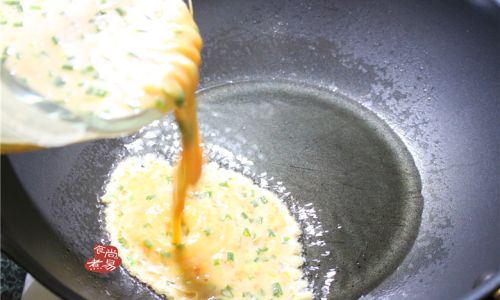
Troubleshooting Common Issues
Rubbery Texture
Cause: Overcooking or high heat.
Fix: Lower the heat and remove the eggs from the pan sooner.
Watery Eggs
Cause: Undercooking or excess liquid.
Fix: Adjust the liquid ratio and ensure thorough cooking.
Uneven Cooking
Cause: Overcrowding the pan or uneven heat distribution.
Fix: Use a larger pan or cook in batches.
Lack of Flavor
Cause: Insufficient seasoning or bland ingredients.
Fix: Experiment with herbs, spices, or quality cheese.
Advanced Techniques and Variations
Adding Mix-Ins
Incorporate ingredients like smoked salmon, caramelized onions, or sautéed mushrooms during the final minute of cooking. Avoid adding delicate ingredients (e.g., fresh herbs) too early, as they may wilt.
Soufflé-Style Scrambled Eggs
For an airy texture, separate the eggs. Whisk the whites to stiff peaks, then fold them gently into the yolks. Cook over low heat for a cloud-like consistency.
Japanese-Style Tamagoyaki
Roll the eggs into layers using a rectangular pan. The result is a sweet, savory omelet with a tender bite.
Vegan Alternatives
Substitute eggs with chickpea flour or silken tofu. Aquafaba (chickpea brine) can be whisked to mimic egg whites.
Serving Suggestions
Pair tender scrambled eggs with:
- Toasted sourdough or brioche.
- Smoked salmon and crème fraîche.
- Avocado slices and cherry tomatoes.
- Crispy bacon or sausage for contrast.
The Role of Resting Time
Allowing the eggs to rest for 1–2 minutes off the heat helps redistribute moisture, ensuring each bite is uniformly tender. Cover the pan loosely with a lid to trap residual heat without overcooking.
Conclusion
Mastering tender scrambled eggs is a culinary achievement within reach of any home cook. By prioritizing quality ingredients, meticulous technique, and patience, you can transform a simple dish into a restaurant-worthy delight. Remember that practice is key—experiment with ratios, temperatures, and add-ins to discover your signature style. Whether enjoyed solo or as part of a grand brunch spread, perfectly cooked scrambled eggs are a testament to the beauty of simplicity elevated by skill.
Final Tip: Cook with intention. Every stir, every degree of heat, and every moment of patience contributes to the symphony of flavors and textures that define exceptional scrambled eggs. Bon appétit!
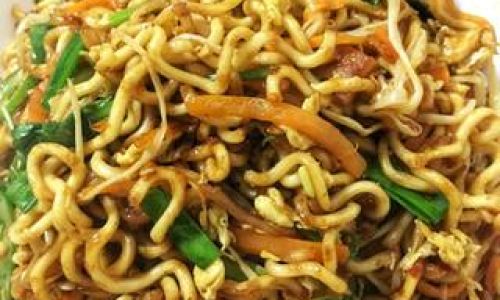
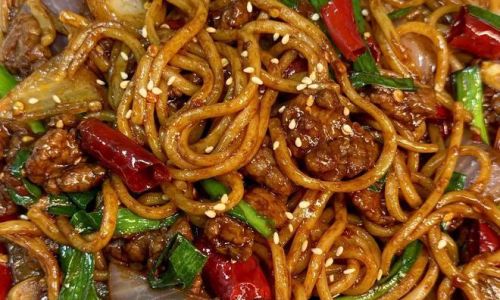
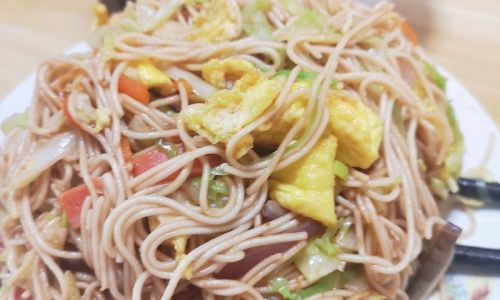
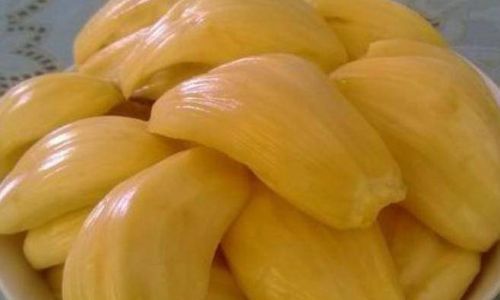


0 comments